Overview
The F-86 Sabre was a transonic jet fighter aircraft developed by North American Aviation and became one of the most iconic fighter jets of the early Cold War era. Here’s an overview of the aircraft:
Development and Design
- First Flight: The F-86 made its first flight on October 1, 1947.
- Design Features: It was designed as a swept-wing jet to address the aerodynamic challenges of high-speed flight. The F-86 was one of the first fighters to feature a swept wing, which significantly enhanced its performance at transonic speeds. This design gave it greater speed, maneuverability, and combat effectiveness compared to its straight-winged predecessors.
- Role: Initially conceived as a high-altitude day fighter, it evolved into various roles, including fighter-bomber and all-weather fighter, as newer variants were introduced.
Key Specifications
- Powerplant: Early versions were powered by a General Electric J47 turbojet engine, giving it a top speed of around 685 mph (1,102 km/h).
- Armament: Typically armed with six .50 caliber M3 Browning machine guns. Later variants could also carry rockets, bombs, and guided missiles for air-to-ground missions.
- Range: Combat radius was approximately 330 miles (530 km), with external fuel tanks extending its range.
Combat History
- Korean War: The F-86 Sabre gained its greatest fame during the Korean War (1950-1953), where it was pitted against the Soviet-designed MiG-15 in what became some of the first-ever jet-versus-jet combat. F-86 pilots achieved an impressive kill ratio of about 10:1 against MiG-15s.
- Air Superiority: Its speed, maneuverability, and skilled U.S. pilots made it a dominant force in air combat. The F-86 earned its reputation for controlling the skies over Korea, particularly in the famous “MiG Alley.”
Global Use and Variants
- Widespread Service: The Sabre was produced in several variants and was used by the air forces of numerous countries, including Canada, the UK, Australia, and Germany.
- Notable Variants:
- F-86A: The initial production version.
- F-86E: Featured improved control surfaces and engine performance.
- F-86F: An upgraded version with a more powerful engine and greater fuel capacity.
- F-86D: An all-weather interceptor version with radar and rockets.
Legacy
The F-86 Sabre remained in service well into the 1960s, continuing to be used by various countries even after its prime. It’s remembered as one of the most successful jet fighters of its time, a symbol of the early jet age, and an aircraft that set the stage for future advancements in fighter design.
Specifications
Spotlights
- Rjenteissussy one year ago
General Characteristics
- Created On Android
- Wingspan 47.3ft (14.4m)
- Length 48.2ft (14.7m)
- Height 19.0ft (5.8m)
- Empty Weight 16,601lbs (7,530kg)
- Loaded Weight 32,389lbs (14,691kg)
Performance
- Power/Weight Ratio 2.081
- Wing Loading 49.9lbs/ft2 (243.6kg/m2)
- Wing Area 649.2ft2 (60.3m2)
- Drag Points 3722
Parts
- Number of Parts 50
- Control Surfaces 7
- Performance Cost 303

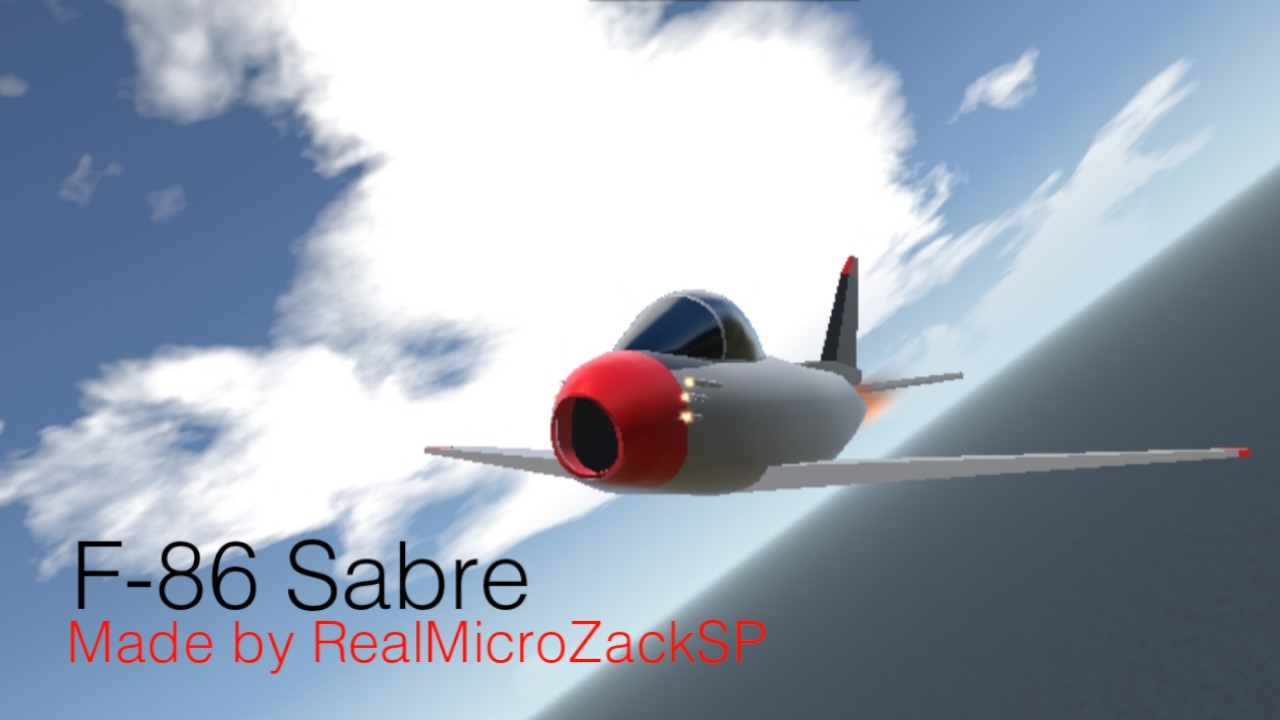
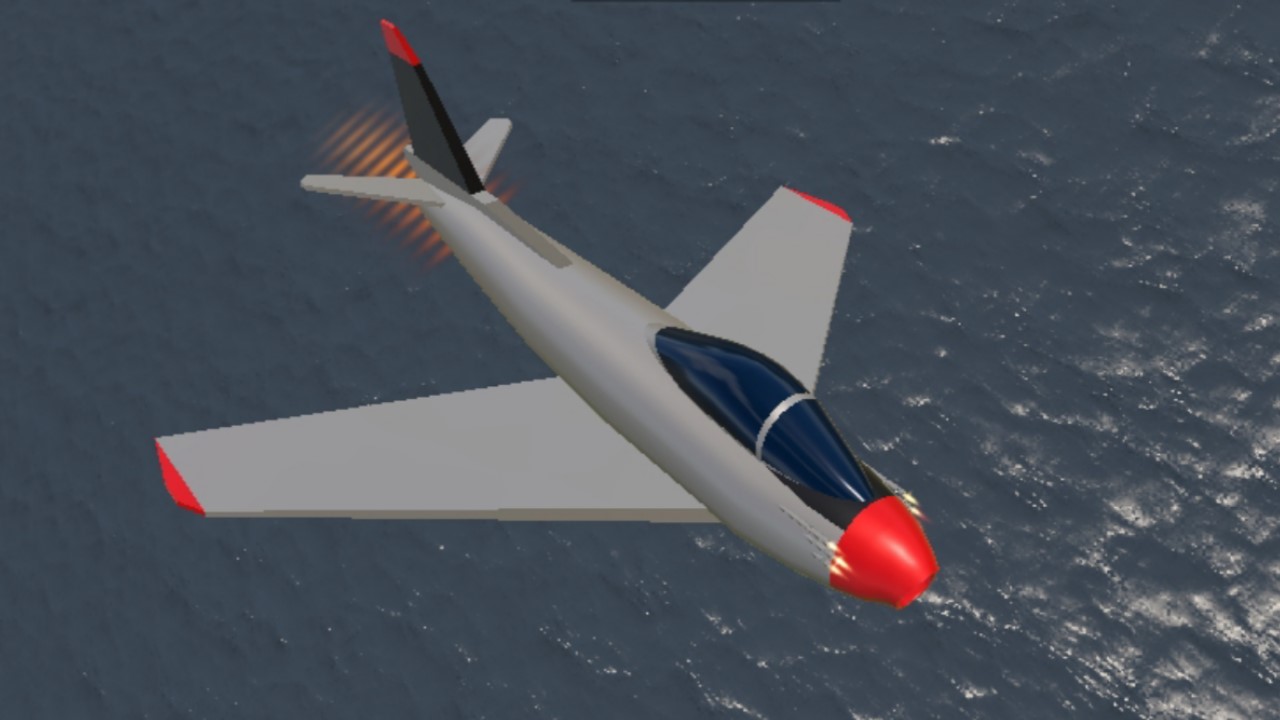
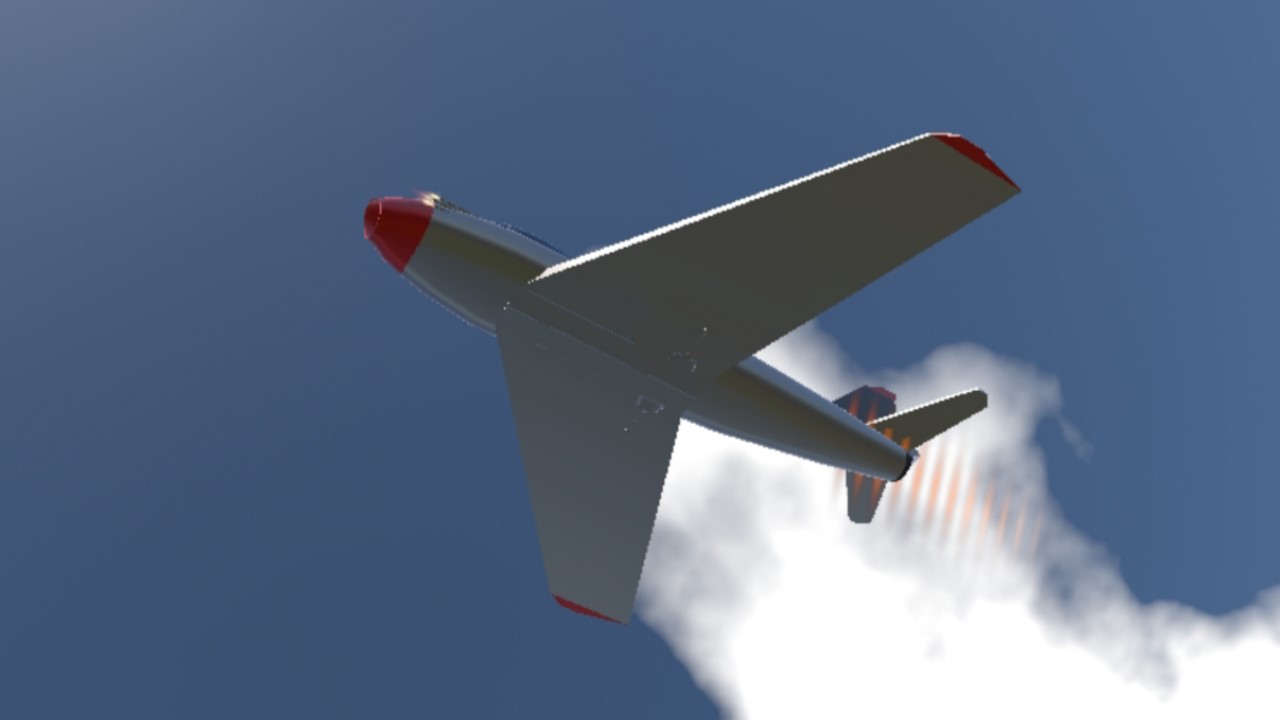
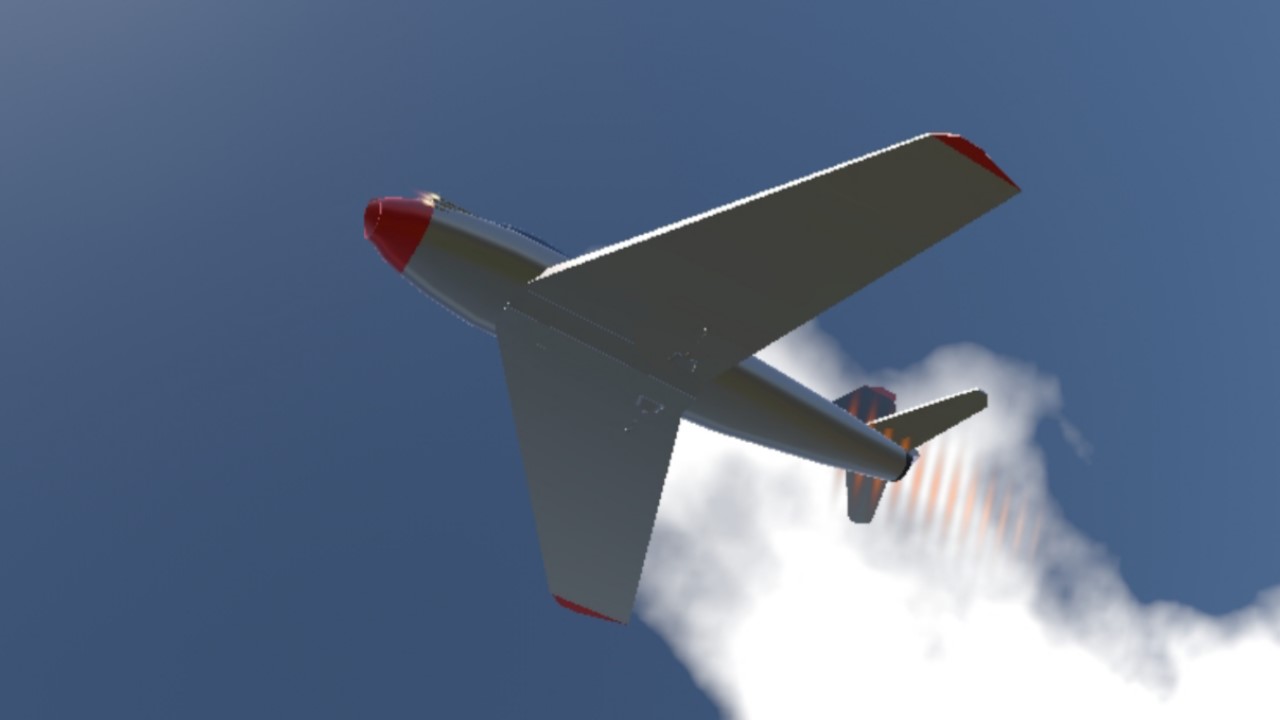
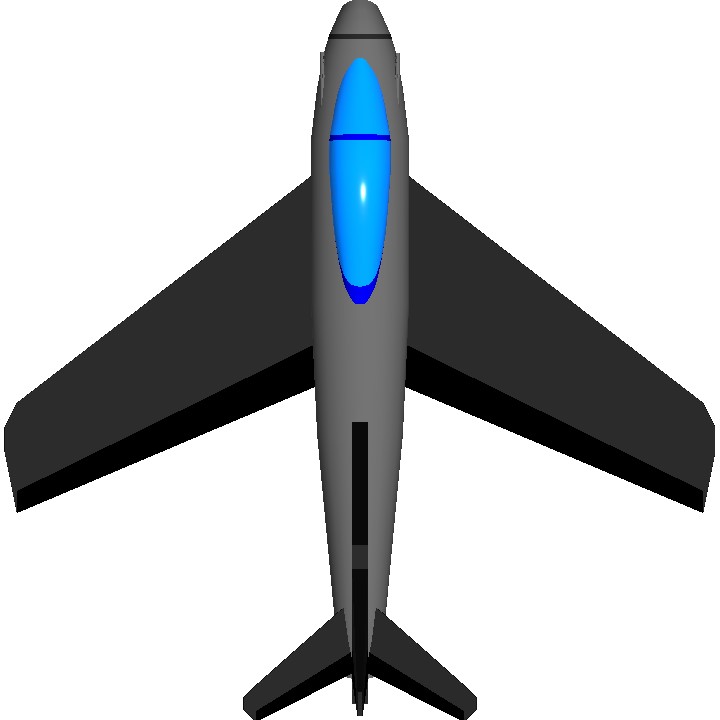
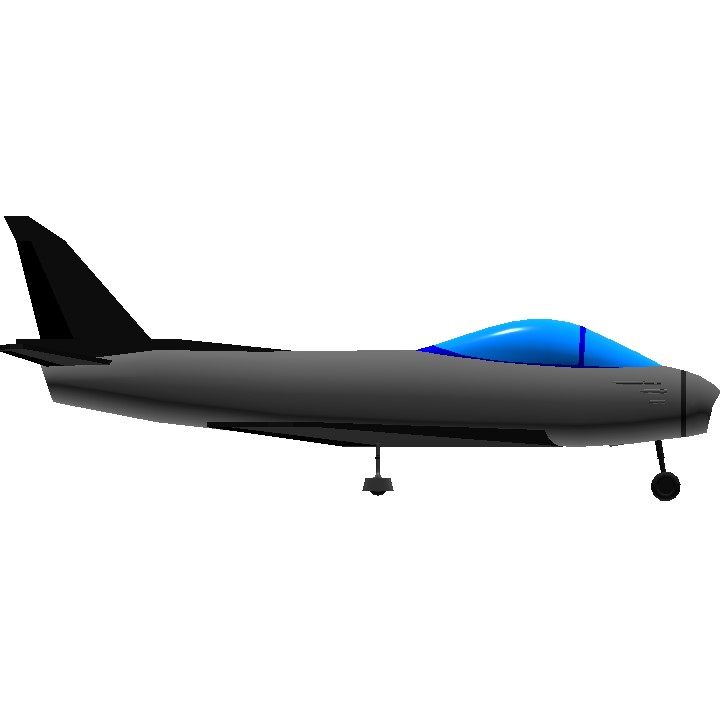
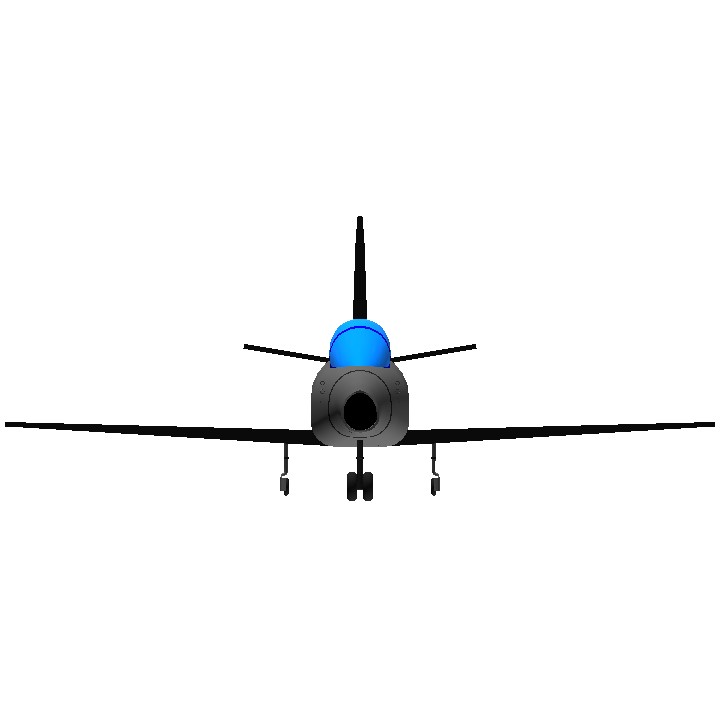
@AManMayDieButNotHisIdeas fair
@KPLBall
“Happy nation, living in a happy nation.”
@AManMayDieButNotHisIdeas
WHAT IS THAT NAME BRUH
Foony
The way the F-86 was built looks similar to how I would build planes back then (they used to be very simplitic). It reminds me how much I have progressed since then. :)
@RealMicroZackSP goodnight imma sleep
Tag Zwei
4: @001
5: @Zhixunlin23
6: @CrestelAeronautics
Tag Eins
1: @SPTNR
2: @Rjenteissussy
3: @KPLBall